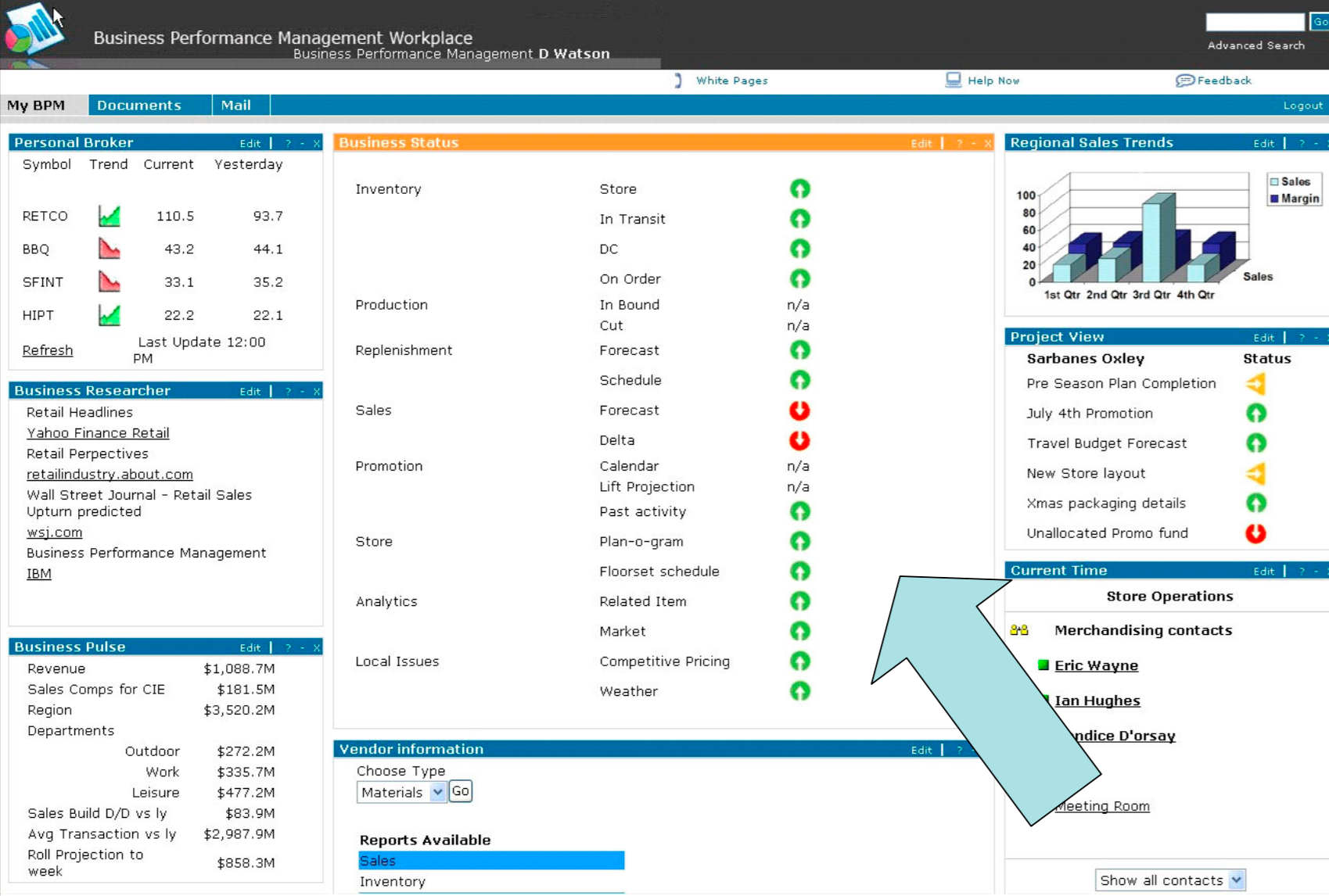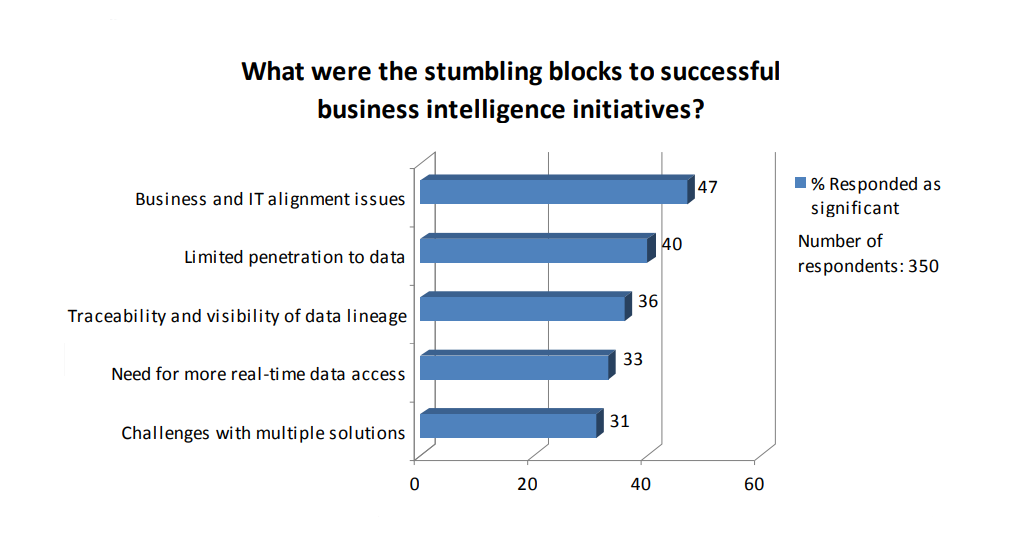Business Intelligence Predictions for 2009

BI forecasts
In January, Jeff Kelly from SearchDataManagement.com gathered and posted various forecasts as to what awaits the Business Intelligence industry in 2009. The analysts and experts sharing their predictions were: Wayne Eckerson (Director of Research and Services for the Data Warehousing Institute), James G. Kobielus (Senior Analyst at Cambridge-based Forrester Research covering BI and data warehousing), and various analysts at Gartner.
A few of my highlights from the article.
Open-source BI will gain even more popularity with companies looking to reduce costs. In turn, open-source BI tools will be developing rapidly and should win a greater portion of deals in 2009.
Software as a Service (SaaS) will flourish in the midmarket (too, thanks to the challenging economic situation), particularly, in companies that consider IT resources redundant.
For the same reason, hosted and subscription-based services will largely replace on premises–based tools and platforms.
In a soft economy, any on-demand pay-as-you-go offering becomes more attractive across all customer segments. Just as important, the increasing scalability, performance, flexibility, and availability demands on the enterprise BI infrastructure are spurring many users to consider outsourced offerings.
Federated data environments will be adopted as the means to cure the problems with decentralized information scattered throughout the enterprise. IT organizations, in turn, will supplement their enterprise data warehouses by beefing up their enterprise information integration middleware and semantic virtualization layers.
Gartner, as always, is more number-oriented in its predictions: the company’s analysts expect that the lack of sufficient the information, processes and tools, along with underinvestment in information infrastructure and business users’ tools will result in more than 35% of the top 5,000 global companies regularly failing to make insightful decisions about significant changes in their business and markets through 2012.
Another interesting estimation by Gartner is that by 2012, business units will control at least 40% of the total budget for BI, meaning that spending on CPM (corporate performance management), online marketing analytics, predictive analytics, and other packaged applications will only go up.
Finally, mashups. Easy and cost-effective as they are, mashups will go mainstream with BI-integrated tools leading the way.
“By 2012, one-third of analytic applications applied to business processes will be delivered through large-grained application mashups.”
Read the article for more.
 Source: “State of the Data Integration Market 2008–2009” (Oracle)
Source: “State of the Data Integration Market 2008–2009” (Oracle)
What’s the state of BI and Web 2.0?
Similar topics were discussed at the recent Gartner Business Intelligence Summit 2009 during March 9–11. According to Gartner, over 60% of organizations claim they have a BI strategy, but despite the many years experience most organizations have with BI, they aren’t doing better in addressing the fundamental challenges of BI.
Gartner estimates that no more than 20% of business users actually use BI proactively. This means that BI is not being widely used to manage performance. And advises that IT must look for means to align BI initiatives with corporate and business objectives. Saying about BI strategy, it underlines that it doesn’t mean just choosing which megavendors you will work with. You must keep in mind that the speed of technology change is increasing.
There are lots of technologies concidered as trends having a potential to disrupt the BI marketspace significantly. These include Web 2.0, interactive visualization, in-memory analytics, SaaS, and BI-integrated search.
Observations from Gartner’s summit and the insights from the SearchDataManagement.com interviews correlate with the forecasts that industry analyst Dion Hinchcliffe was also predicting in January.
In particular, he noted the growing adoption of Web 2.0 and cloud/SaaS solutions, as well as the increased need to align IT with the business due to the current economic climate. According to Dion, cloud computing industry as a whole will be growing and flourishing, as organizations will be seeking to cut costs and shorten time to market.
In addition, the expert predicts mobile platforms and devices becoming highly strategic in 2009 and foresees the evolution of SOA away from its common form. Here, Dion expects mashup technologies to be “front and center” with this year’s SOA transformation. Obviously, all of these trends will influence business intelligence software, too.
Further reading
- Business Intelligence Has No Future? What Do Surveys Say?
- Why Business Intelligence for Data Warehousing?
- Gartner Says Most Companies Fail to Link BI to Decision-Making
with contributions from Alex Khizhniak.












